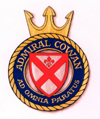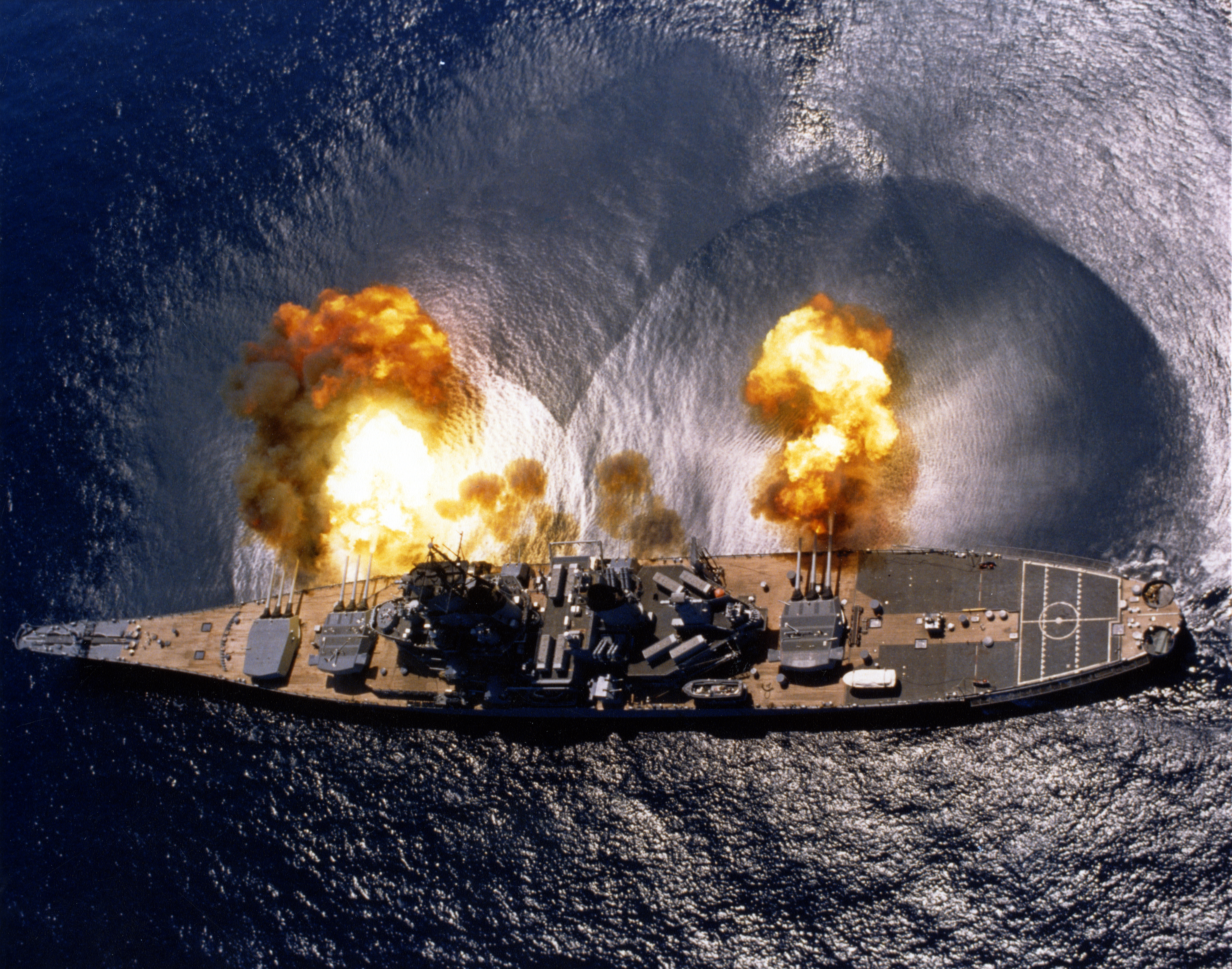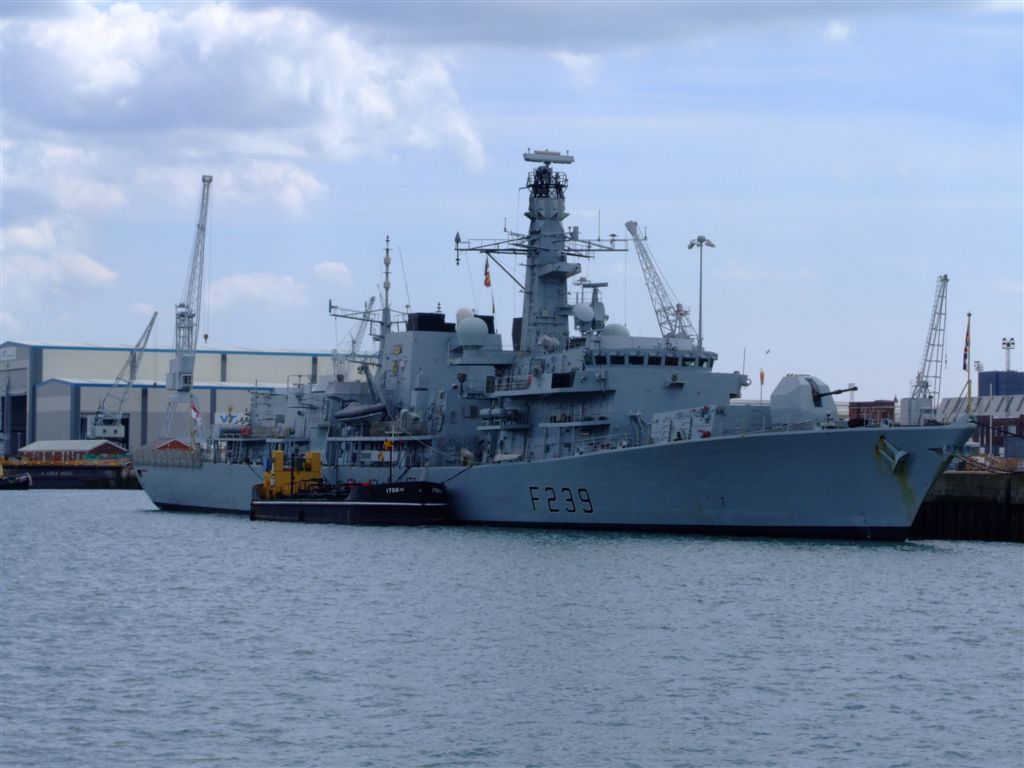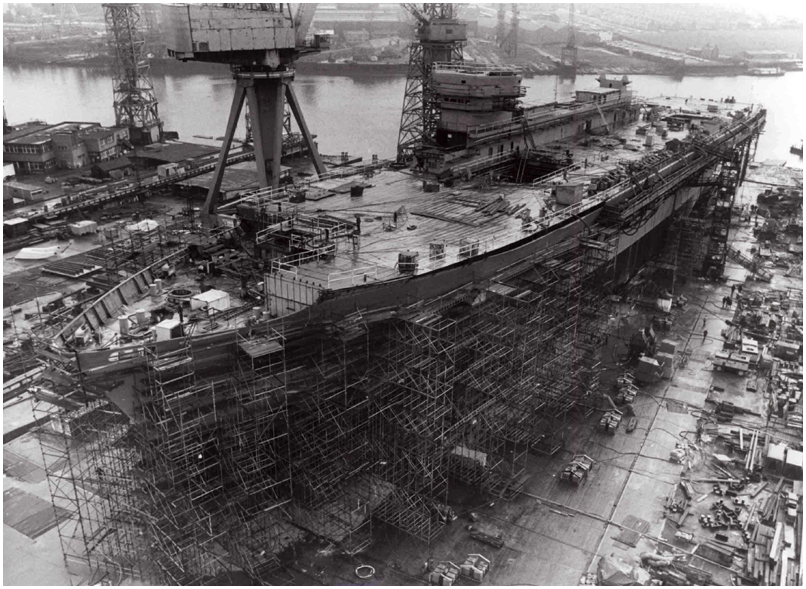|
Battle Of Al Faw (2003)
The Battle of Al Faw was one of the first battles of the Iraq War; it took place March 20-24, 2003. One of the initial objectives of the Coalition campaign in Iraq was to capture the Gas and Oil Platforms ("GOPLATs") in the Al-Faw Peninsula intact before it could be sabotaged or destroyed by the Iraqi military. This would prevent an ecological disaster similar to the 1991 Gulf War and enable a quicker take over of Iraqi oil production. The British Royal Marines' 3 Commando Brigade would also capture Umm Qasr at the same time so that its port, the only deepwater port in Iraq, could be used to bring in heavy military supplies once the Khawr Abd Allah waterway was cleared by the Mine Counter Measures Task group. The United States Marine Corps placed 15th Marine Expeditionary Unit under the command of 3 Commando Brigade so that the Brigade had the necessary force to capture both targets. Order of battle Coalition forces * 3 Commando Brigade, Royal Marines ** 40 Commando, Royal ... [...More Info...] [...Related Items...] OR: [Wikipedia] [Google] [Baidu] |
2003 Invasion Of Iraq
The 2003 invasion of Iraq was a United States-led invasion of the Republic of Iraq and the first stage of the Iraq War. The invasion phase began on 19 March 2003 (air) and 20 March 2003 (ground) and lasted just over one month, including 26 days of major combat operations, in which a combined force of troops from the United States, the United Kingdom, Australia, and Poland invaded Iraq. Twenty-two days after the first day of the invasion, the capital city of Baghdad was captured by Coalition forces on 9 April 2003 after the six-day-long Battle of Baghdad. This early stage of the war formally ended on 1 May 2003 when U.S. President George W. Bush declared the "end of major combat operations" in his Mission Accomplished speech, after which the Coalition Provisional Authority (CPA) was established as the first of several successive transitional governments leading up to the first Iraqi parliamentary election in January 2005. U.S. military forces later remained in Iraq unt ... [...More Info...] [...Related Items...] OR: [Wikipedia] [Google] [Baidu] |
24 Commando Regiment (United Kingdom)
24 Commando Royal Engineers is a unit of the British Army's Royal Engineers supporting 3 Commando Brigade. History The regiment, which was formed in April 2008, is one of two British Army units attached to 3 Commando Brigade, Royal Marines, the other being 29 Commando Regiment Royal Artillery. It was announced on 4 July 2012 that 24 Commando Engineer Regiment was to disband under Army 2020. Members of the unit were to be dispersed to other British Army units and 59 Independent Commando Squadron would be re-formed to replace it. In a contrasting written statement on 10 April 2014, the Minister for Defence Mark Francois, stated that this withdrawal would not take place. The unit was to be retained but reduced in size. In August 2014 it was agreed that 131 Independent Squadron would re-subordinate from 3 Commando Brigade to become part of 24 Commando Royal Engineers. This change took place on 2 October 2015, making the regiment a hybrid Regular/Reserve unit, like its counterpar ... [...More Info...] [...Related Items...] OR: [Wikipedia] [Google] [Baidu] |
EML Admiral Cowan (M313)
EML ''Admiral Cowan'' (M313) is a ''Sandown''-class minehunter. Formerly HMS ''Sandown'', lead ship of her class of the Royal Navy, she is now an Estonian Navy ship. Renamed EML ''Admiral Cowan'', she is the flagship of the Estonian Navy and part of the Estonian Navy's mine sweeping flotilla. ''Admiral Cowan'' is the lead vessel of the Estonian Navy Mineships Division and also the first of the three modernised ''Sandown'' class minehunters received. History HMS ''Sandown'' was built by Vosper Thornycroft and was laid down at their Woolston, Southampton shipyard on 2 February 1987 and was launched on 18 April 1988 by the Duchess of Gloucester, as the lead ship of the 12-ship class of ''Sandown'' class minehunters. ''Sandown'' entered service a year later on 9 June 1989. After commissioning, ''Sandown'' carried out an extensive programme of trials, and was not fully operational until December 1992, having suffered problems with her sonar outfit. She participated in a number ... [...More Info...] [...Related Items...] OR: [Wikipedia] [Google] [Baidu] |
HMS Bangor (M109)
HMS ''Bangor'' is a commissioned by the Royal Navy in 1999. Designed to hunt mines in depths of up to 200 m using the Sonar 2093 Variable Depth Sonar (VDS) meaning that she can conduct mine clearance operations throughout the continental shelf. She is named after the Northern Ireland seaside town of the same name, and the second Royal Navy vessel to bear the name. History Through October 2011 ''Bangor'' conducted maritime security patrols off Misrata during the NATO military intervention in Libya. ''Bangor'' participated in the 2013 Exercise Joint Warrior. She was stationed on the River Clyde for the 2014 Commonwealth Games in Glasgow. For the duration of the games the general public were allowed on board for a free tour. In mid-2021, ''Bangor'' deployed with ''HMS Middleton'' to join the vessels of 9 Mine Countermeasures Squadron operating out of HMS Jufair in Bahrain Bahrain ( ; ; ar, البحرين, al-Bahrayn, locally ), officially the Kingdom of Bahrain, ' ... [...More Info...] [...Related Items...] OR: [Wikipedia] [Google] [Baidu] |
HMS Ledbury (M30)
HMS ''Ledbury'', the second ship of the name, is a of the Royal Navy. She was launched in December 1979 and commissioned on 11 June 1981, the second ship of her class. She cost £65 million at time of building, which was at the time the most expensive cost-per-metre for any class of ship built by the Royal Navy. Most of this cost went into the research and development of ''Ledbury''s glass reinforced plastic hull. Operational history ''Ledbury'' is attached to the Second Mine Countermeasures Squadron, based in Portsmouth. 1981–1990 ''Ledbury'' was not involved in the Falklands Conflict itself but arrived in the South Atlantic in July 1982 with sister ship to clear the waters around the islands of Argentinian mines. 2009–2010 ''Ledbury'' underwent a docking maintenance period, commencing in June 2009, to fit the new Seafox mine disposal equipment. 2011–present In 2013, ''Ledbury'' twice joined NATO Mine Countermeasure groups, one deployment taking her to the Medi ... [...More Info...] [...Related Items...] OR: [Wikipedia] [Google] [Baidu] |
HMS Chatham (F87)
HMS ''Chatham'' was a Batch 3 Type 22 frigate of the British Royal Navy. She was decommissioned on 8 February 2011. Chatham had the rare honour of a motto in English; ''Up and at 'em'', being the rallying cry of the Medway town football and rugby teams. The motto has subsequently been translated back into Latin as ''Surge et vince''. Operational history 1990–1999 ''Chatham'' joined Operation Sharp Guard to enforce the embargo against the former Yugoslavia in 1993. Her most notable action was on 1 May 1994 and the capture of the Maltese freighter ''Lido II'', which was suspected of smuggling fuel to Montenegro. The British frigate assisted the Dutch frigate , who had forced the merchant to stop. Three Yugoslav missile boats challenged the NATO operation and one of them attempted to ram ''Chatham''. The corvettes were driven off by the actions of the British warship, supported by Italian Tornado aircraft which scrambled from an airbase at Gioia Del Colle. ''Lido II'' underw ... [...More Info...] [...Related Items...] OR: [Wikipedia] [Google] [Baidu] |
HMS Marlborough (F233)
HMS ''Marlborough'' is a Duke-class Type 23 frigate formerly in service with the Royal Navy, and the sixth ship to bear the name. She was named after John Churchill, 1st Duke of Marlborough. The ship entered service with the Royal Navy in 1991 and served in the Middle East. The frigate was taken out of service in 2005 and sold to Chile. The vessel entered service with the Chilean Navy in 2008 as ''Almirante Condell''. The ship was significantly upgraded from 2020 to 2021 and remains in service. Service history Royal Navy ''Marlborough'' was a Duke-class Type 23 frigate and carried pennant number F233 rather than the sequential number of F232 which was considered unlucky, Form S.232 being the formal notification of a grounding or collision. The course 232 is also traditionally not given for the same reason, with a course heading of half degree either side of 232 being the alternative. ''Marlborough'' was the first naval ship on the scene to assist the stricken USS ''Cole'' af ... [...More Info...] [...Related Items...] OR: [Wikipedia] [Google] [Baidu] |
Naval Gunfire Support
Naval gunfire support (NGFS) (also known as shore bombardment) is the use of naval artillery to provide fire support for amphibious assault and other troops operating within their range. NGFS is one of a number of disciplines encompassed by the term ''naval fires''. Modern naval gunfire support is one of the three main components of amphibious warfare assault operations support, along with aircraft and ship-launched land-attack missiles. Shipborne guns have been used against shore defences since medieval naval warfare. Tactics NGFS is classified into two types: direct fire, where the ship has line of sight with the target (either visually or through the use of radar), and indirect fire, which, to be accurate, requires an artillery observer to adjust fire. When on the gun line, ships are particularly vulnerable to attack from aircraft coming from a landward direction and flying low to avoid radar detection, or from submarines due to a predictable and steady (non-evasive) cou ... [...More Info...] [...Related Items...] OR: [Wikipedia] [Google] [Baidu] |
HMS Richmond (F239)
HMS ''Richmond'' is a Type 23 frigate of the Royal Navy. She was launched on 6 April 1993 by Lady Hill-Norton, wife of the late Admiral of the Fleet The Lord Hill-Norton, and was the last warship to be built by Swan Hunter Shipbuilders. She sailed from the builders on the River Tyne in November 1994. She is named for the Dukedom of Richmond. Operational history 1995–2000 ''Richmond'' was first deployed in 1997 to the Far East The ''Far East'' was a European term to refer to the geographical regions that includes East and Southeast Asia as well as the Russian Far East to a lesser extent. South Asia is sometimes also included for economic and cultural reasons. The ter ... as part of the 'Ocean Wave 97' Task Group. One of the most interesting visits she made was to the Russian port of Vladivostok, an important Russian naval base, where she became the first Royal Navy vessel to visit in over 100 years. Also that year ''Richmond'' escorted the royal yacht on the ship's ... [...More Info...] [...Related Items...] OR: [Wikipedia] [Google] [Baidu] |
HMS Ocean (L12)
HMS ''Ocean'' was a Landing Platform Helicopter, formerly the UK's helicopter carrier and the fleet flagship of the Royal Navy. She was designed to support amphibious landing operations and to support the staff of Commander UK Amphibious Force and Commander UK Landing Force. She was constructed in the mid-1990s by Kvaerner Govan on the River Clyde and fitted out by VSEL at Barrow-in-Furness prior to trials and subsequent acceptance in service. ''Ocean'' was commissioned in September 1998 at her home port HMNB Devonport, Plymouth. In December 2017, the Brazilian Navy confirmed the purchase of the ship for £84.6 million. Following her decommissioning from Royal Navy service on 27 March 2018, she arrived in Rio de Janeiro on 25 August 2018, with the intention of being commissioned as '' Atlântico'' and fully operational by 2020. Background An invitation to tender for a new helicopter carrier was issued in February 1992. In February 1993 ''The Times'' reported that the ... [...More Info...] [...Related Items...] OR: [Wikipedia] [Google] [Baidu] |
HMS Ark Royal (R07)
HMS ''Ark Royal'' was a light aircraft carrier and former flagship of the Royal Navy. She was the third and final vessel of . She was built by Swan Hunter on the River Tyne and Ceremonial ship launching, launched by them in 1981. ''Ark Royal'' was christened by Queen Elizabeth The Queen Mother. She followed sister ships and into service in 1985. Affectionately known as ''The Mighty Ark'', she is the fifth Royal Navy ship to have borne the name of the English ship Ark Royal (1587), 1587 flagship that defeated the Spanish Armada in 1588. Originally intended to be named to match the rest of the class, this was changed due to the public reaction to the loss of the ''Ark Royal'' name after the scrapping of the HMS Ark Royal (R09), previous ''Ark Royal'' in 1980, after 30 years' service. Slightly larger than her sister ships, and with a steeper Aircraft ski-jump, ski-jump ramp, ''Ark Royal'' carried the STOVL (short take off and vertical landing) Harrier jump jet aircraft, as wel ... [...More Info...] [...Related Items...] OR: [Wikipedia] [Google] [Baidu] |




_-_Portsmouth_2007_-_BB.jpg)




